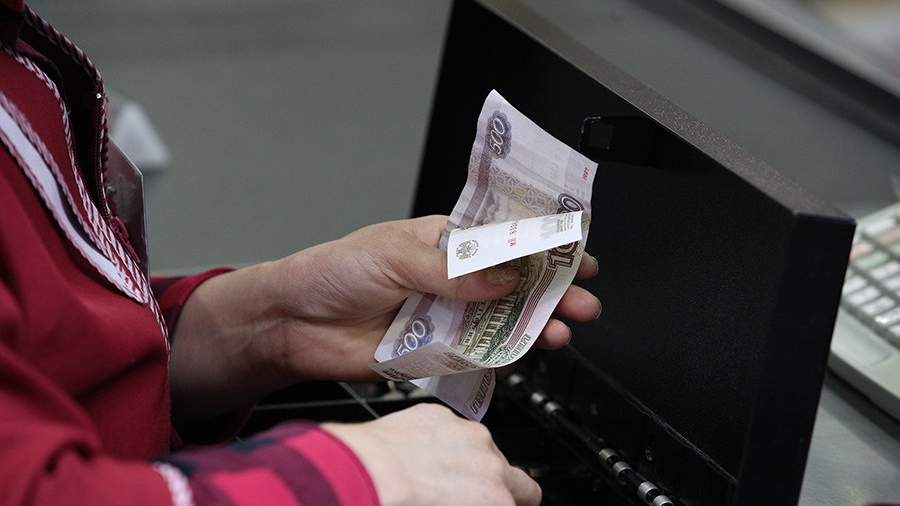More than half – 68% of Russians – regularly pay for purchases using a smartphone. This information follows from the results of a survey by Post Bank, which were received by the editors of Izvestia on Thursday, February 10.
25% of Russians pay for purchases using plastic cards. Only 4% of respondents pay “the old fashioned way” in cash, and another 3% choose to pay by transfer or through the Central Bank’s Fast Payment System (FPS).
It is noted that only 30% of respondents use other “smart” gadgets to pay for purchases, except for a smartphone. Leadership here belongs to smart watches – 21%, key rings are chosen by 5% of respondents, bracelets or watch straps – 2%, and another 2% – rings.
The bank called it noteworthy that 40% of those who do not use “smart” gadgets for payment answered that they are not ready to spend money on buying devices now. At the same time, the segment has great opportunities for growth: 32% of respondents do not use smart gadgets, because either they have not thought (have not heard) about such payment methods, or they do not know where to buy them. About half of those who have never used smart devices for payments said they are ready to test this method in the near future.
In January, Andrey Spivakov, managing director for retail credit products at Raiffeisenbank, said that in the next few years plastic credit cards would no longer be popular, they would be replaced by virtual counterparts. According to his forecasts, in a few years no more than 15% of citizens will use a physical bank card.
In early December, the president, chairman of the board of Sberbank, German Gref, said that the rejection of plastic bank cards occurs naturally. According to him, digital maps have become “a popular tool.” NFC and contactless payment methods are also becoming popular.
At the end of September, the chairman of the Electronic Money Association, Viktor Dostov, said that Russians were increasingly abandoning cash banknotes in favor of cashless payments. Large settlements in Russia have practically abandoned cash, he added. On average, the number of non-cash payments exceeds 70%.
Source: IZ
Jane Stock is a technology author, who has written for 24 Hours World. She writes about the latest in technology news and trends, and is always on the lookout for new and innovative ways to improve his audience’s experience.




